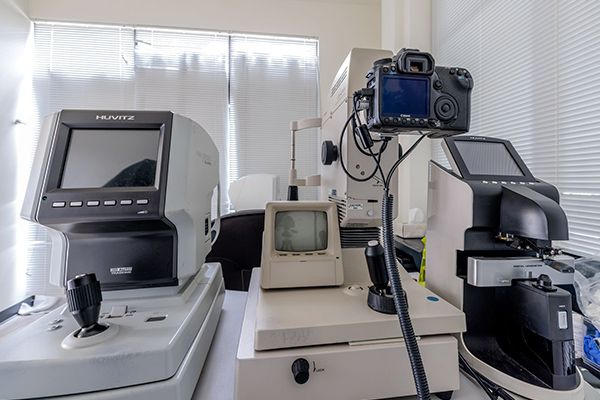Neuro-Optometric Rehabilitation Techniques and Devices For Stroke Patients Include
Visual scanning
Exercises for peripheral awareness
Prism adaptation training
Optical tints
Yoked prisms
Spotting/sector prisms
Sector occlusions
Dr. Takeia Locke and the caring and knowledgeable staff at the Vision Therapy Center At Family Eye Care Center of Atlanta are dedicated to helping patients experience the best vision care and treatment possible. We offer neuro optometric rehabilitation to patients from in and around Buckhead, Atlanta, Vinings and Brookhaven and, throughout .








